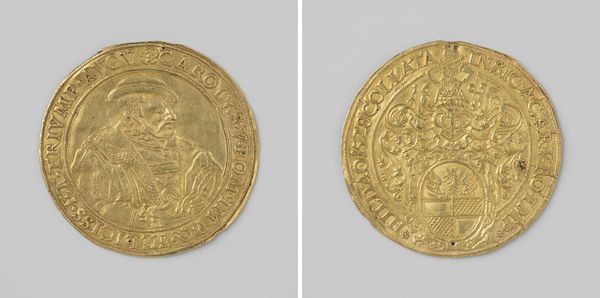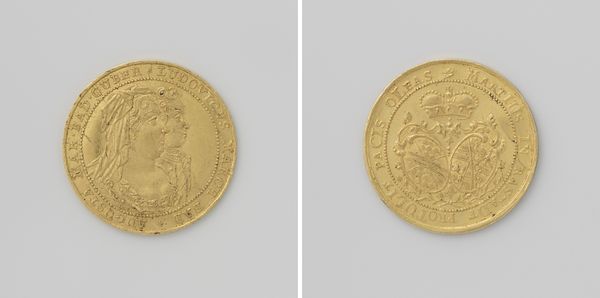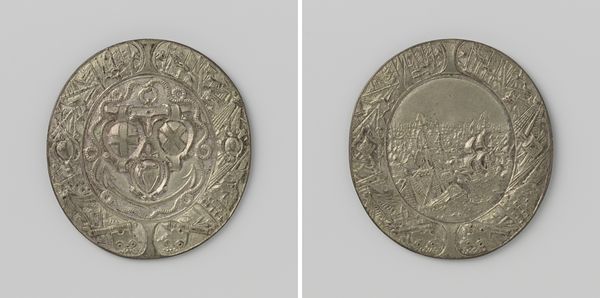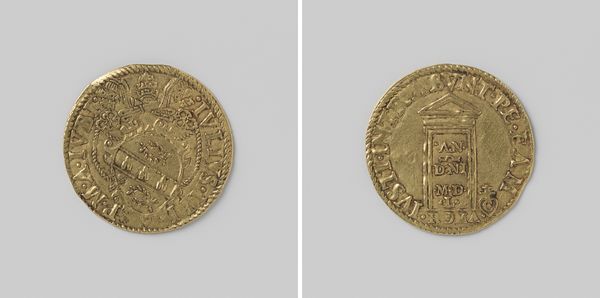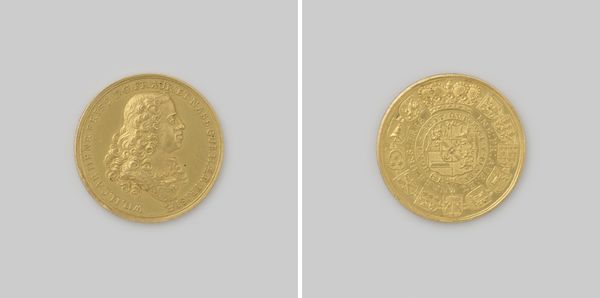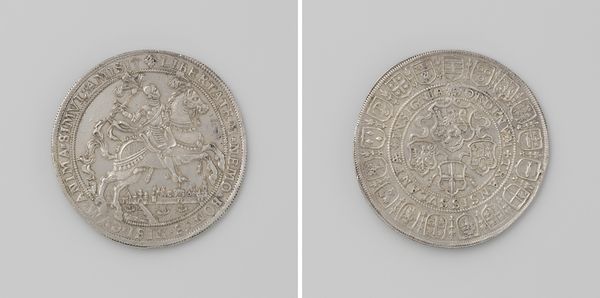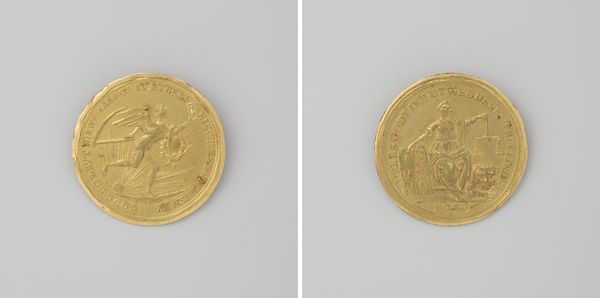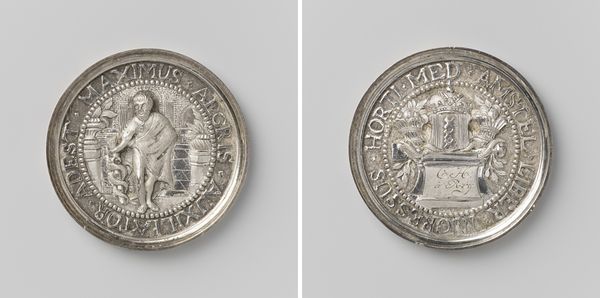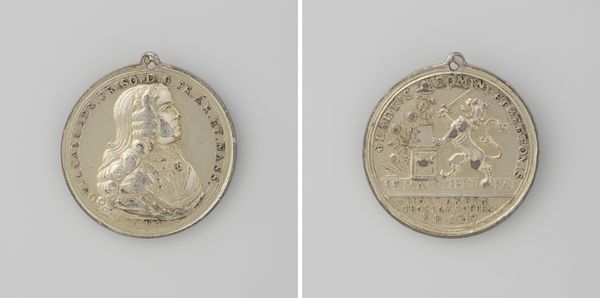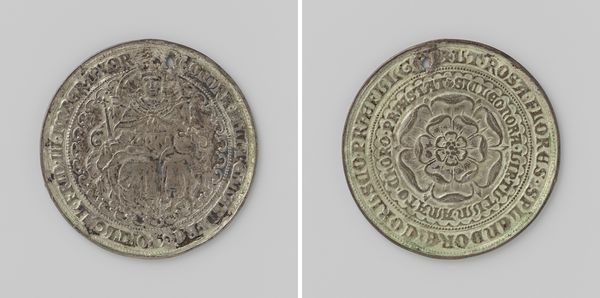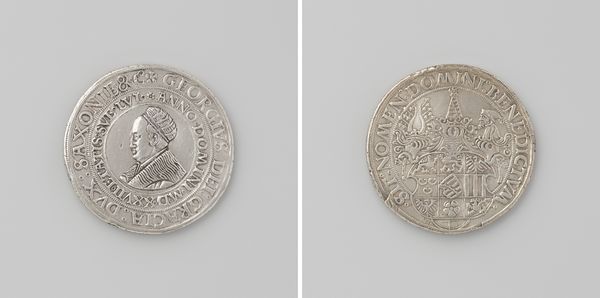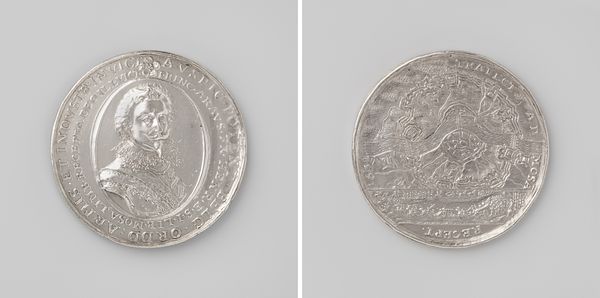
metal, sculpture
#
portrait
#
baroque
#
metal
#
sculpture
Dimensions: diameter 5.9 cm, weight 525 gr
Copyright: Rijks Museum: Open Domain
Curator: Here we have a metalwork sculpture titled "Frederik Hendrik, prins van Oranje-Nassau," created by Aert Verbeeck sometime between 1627 and 1647. It's quite intricate, isn’t it? Editor: It feels…stately. Austere, almost. I'm struck by the material. Seeing metal as a means to convey not just artistry, but power is pretty powerful. Curator: Indeed. This piece isn't merely decorative; it speaks volumes about representation and power dynamics of the era. Consider Frederik Hendrik's role as stadholder – effectively a monarch. Editor: Absolutely, but what intrigues me is the method itself. The craftsmanship – the precise etching on metal – how accessible was it? Who held the labor power here? The materials involved would also hold trade and colonial implications, right? Curator: Precisely. We can understand how such artworks upheld specific class structures, and perhaps further interrogate how race may be intertwined in the display and usage of such an item. Notice the way he is portrayed, which lends a particular image of the ruler and is also very distinctly gendered, a very masculine portrayal. Editor: That leads to an examination of Baroque artistic principles beyond the stylistic facade, revealing socio-economic considerations and global entanglements inherent in material creation. This is the fruit of labor, resources extracted, shaped by human hands…for a select few. Curator: Examining this further reveals it to be an exercise in Baroque sensibilities; consider the context of 17th century Netherlands, specifically how intertwined this portrait medal is with notions of nationalism, power consolidation and familial lines in Dutch royal families. Editor: Right, the medal literally embodies status, literally etched onto metal. This piece serves not just as an emblem but an exploration into labor and societal status of the Baroque period. Curator: Studying this artwork can truly foster important discussions around historical systems of oppression and the relationship between visual imagery and social discourse. Editor: Exactly, analyzing process, materials, and the means of production. Hopefully our audience comes away with not just an aesthetic appreciation, but with questions about its provenance and larger context.
Comments
No comments
Be the first to comment and join the conversation on the ultimate creative platform.
